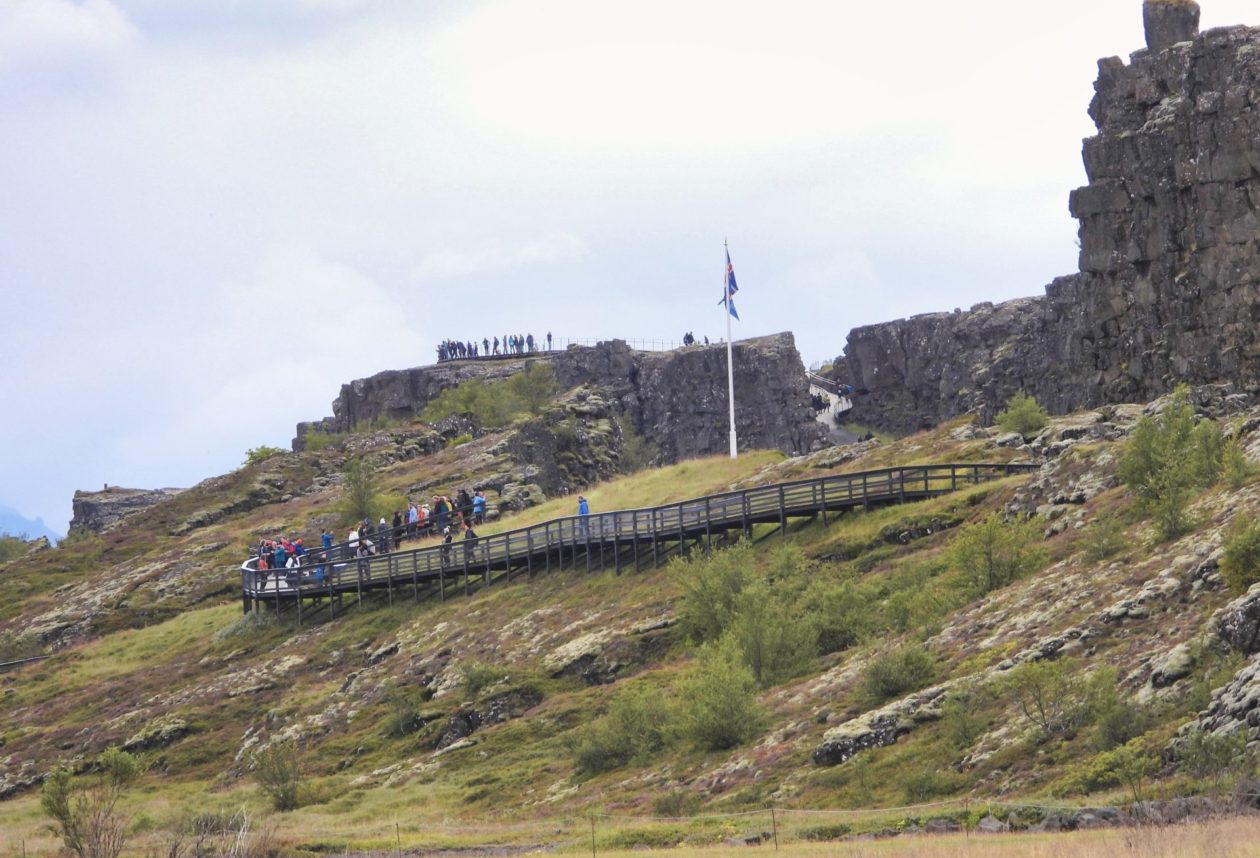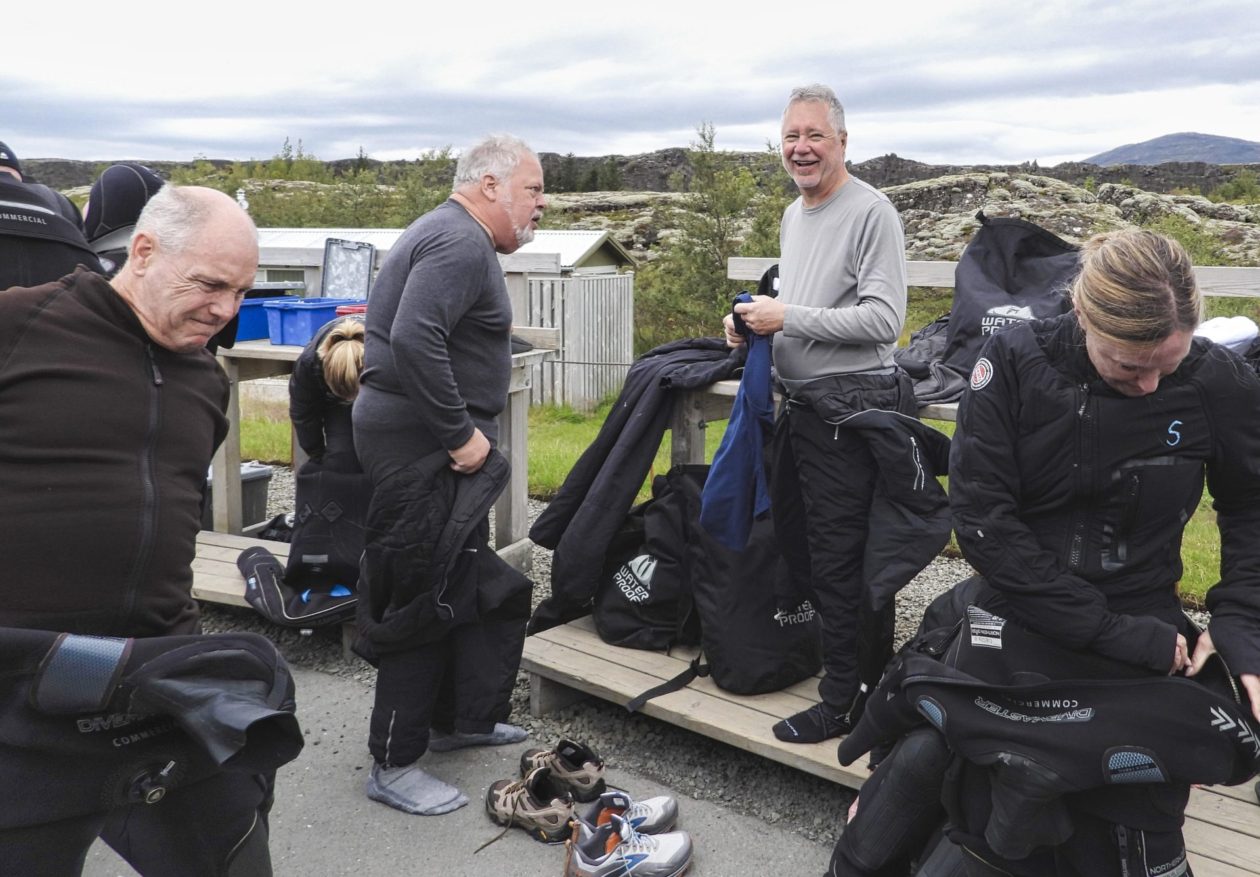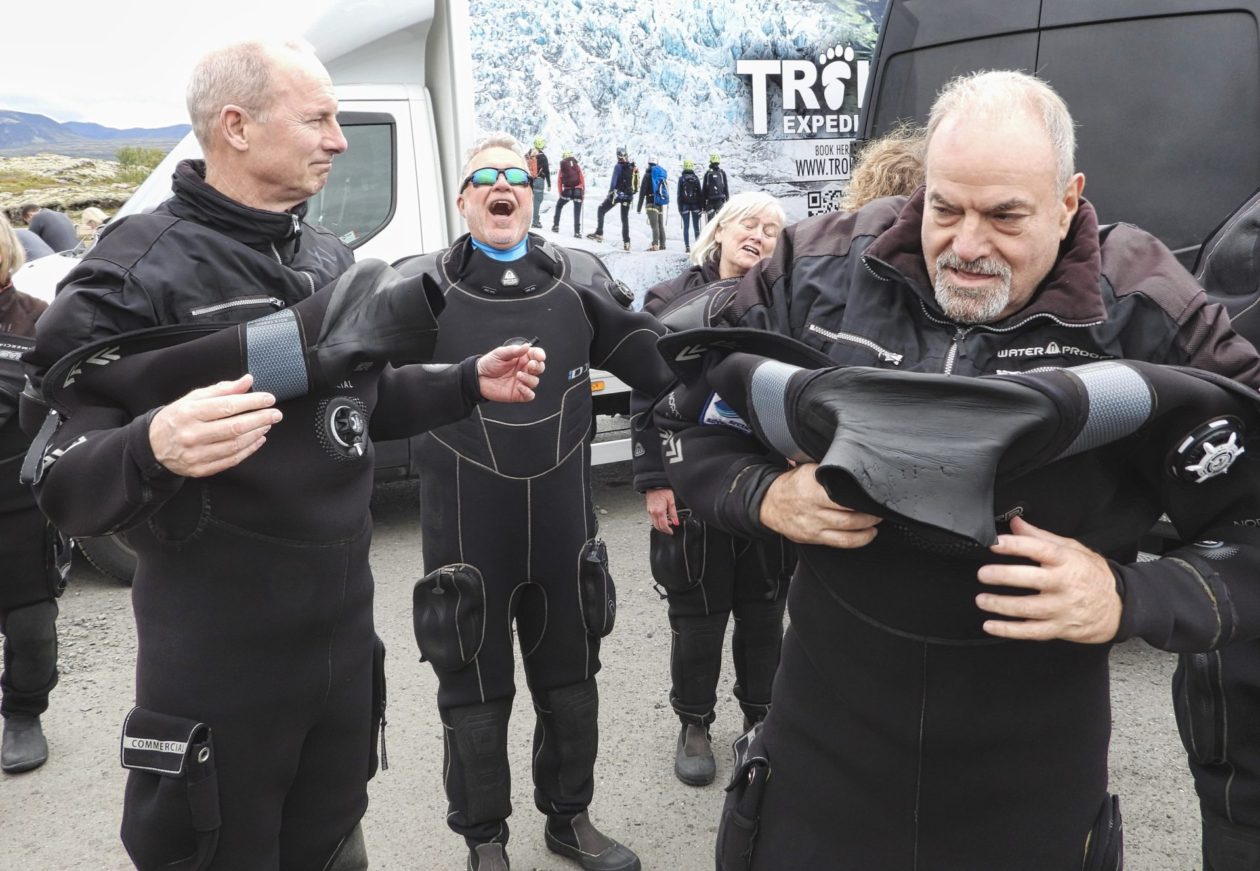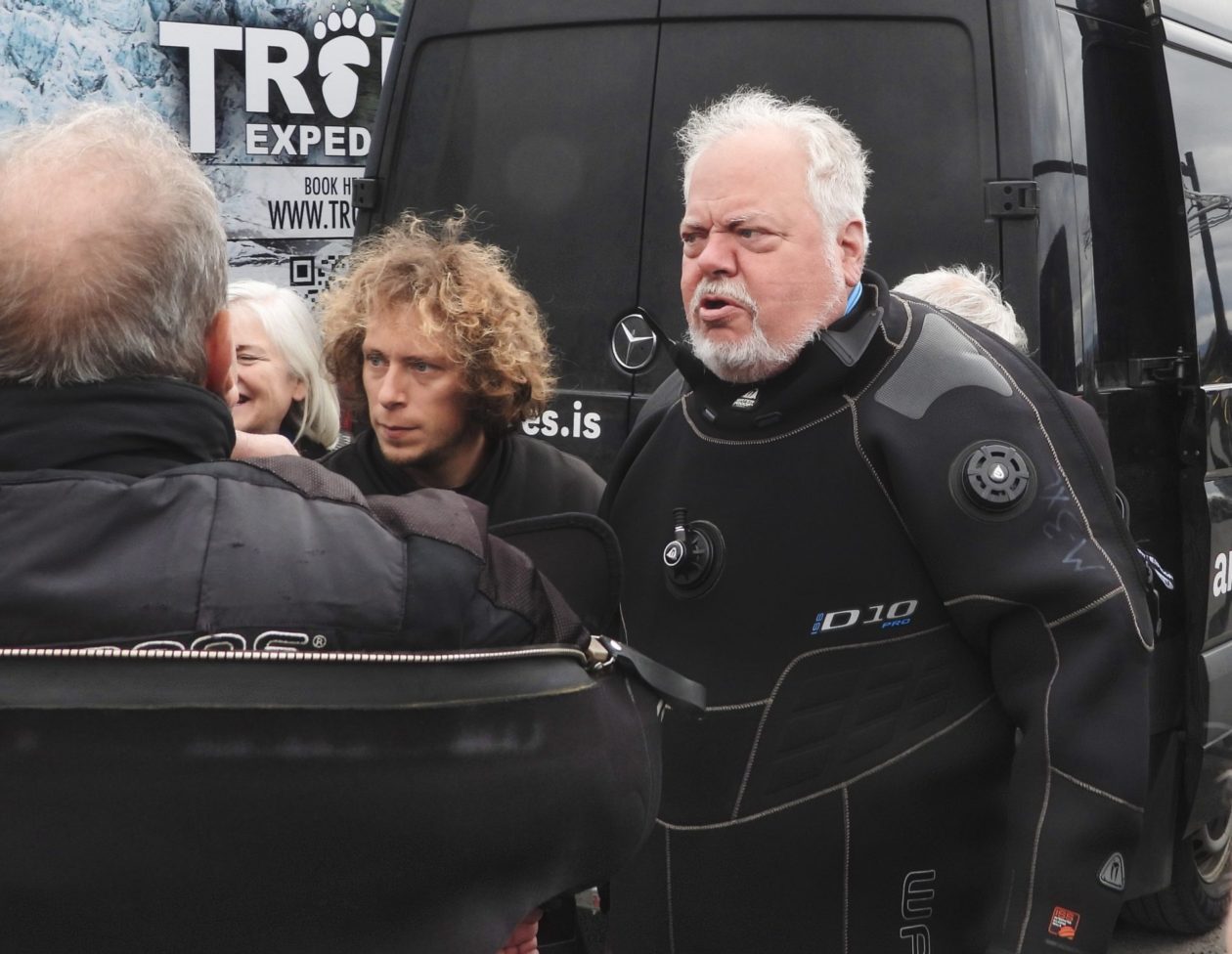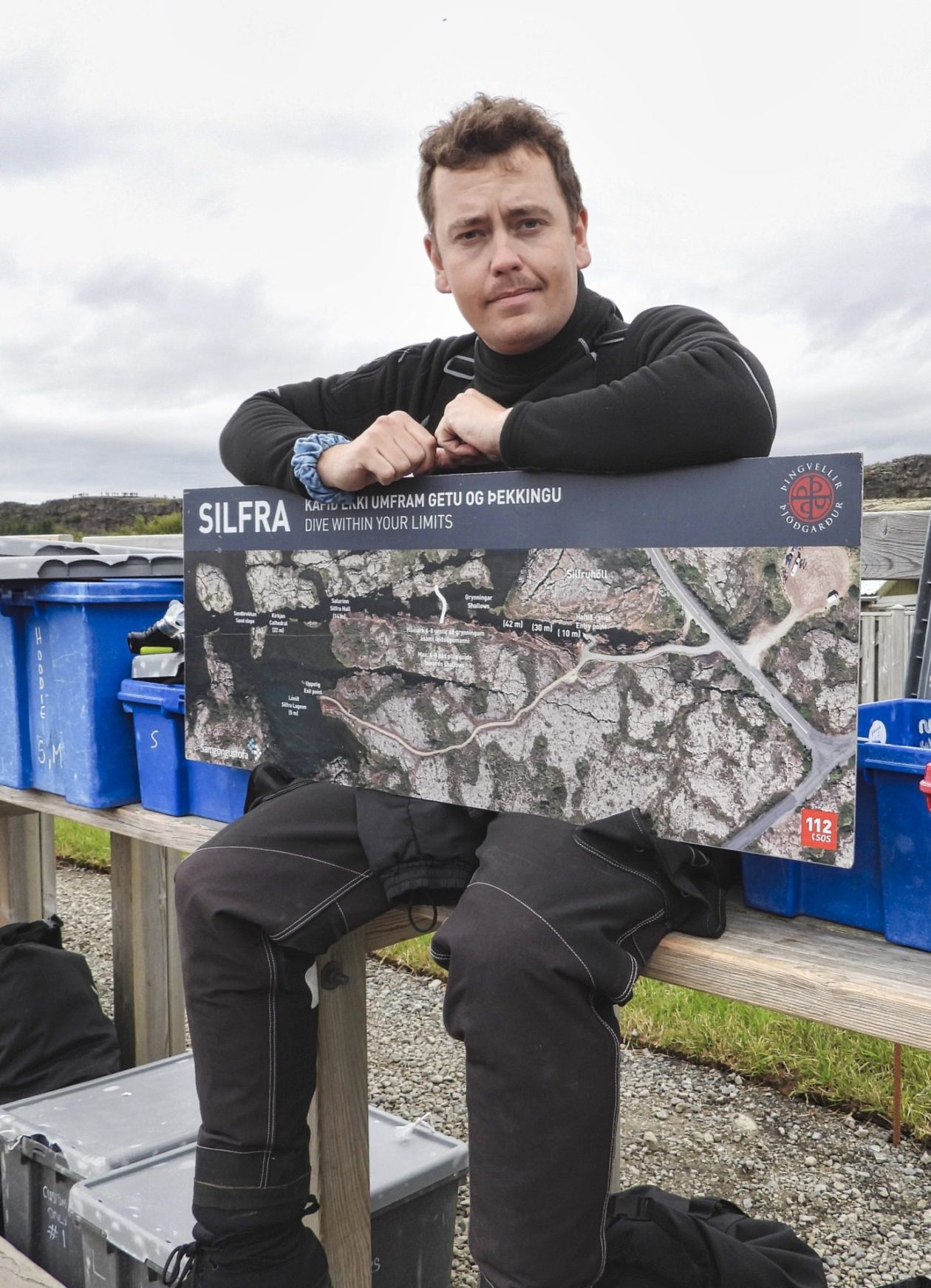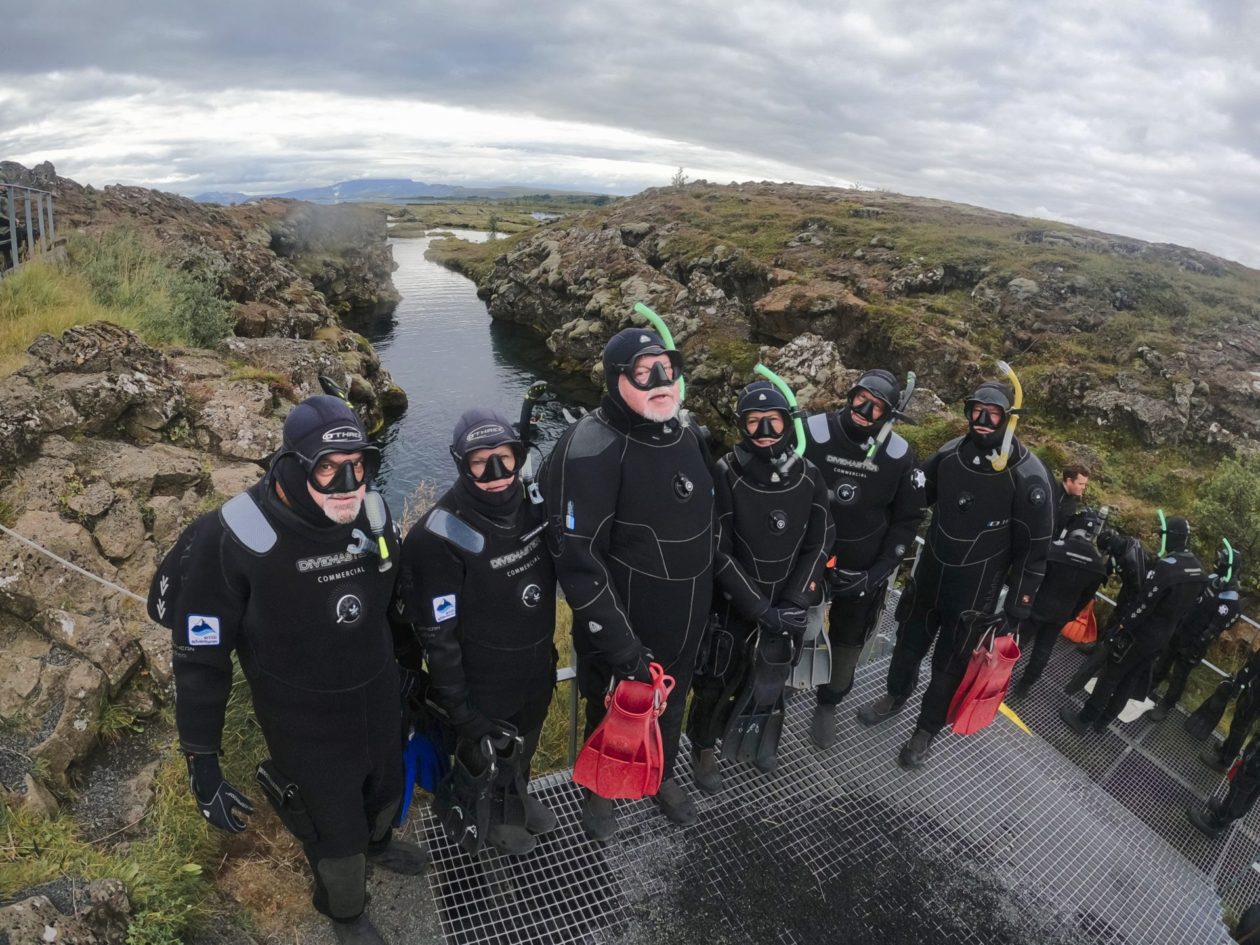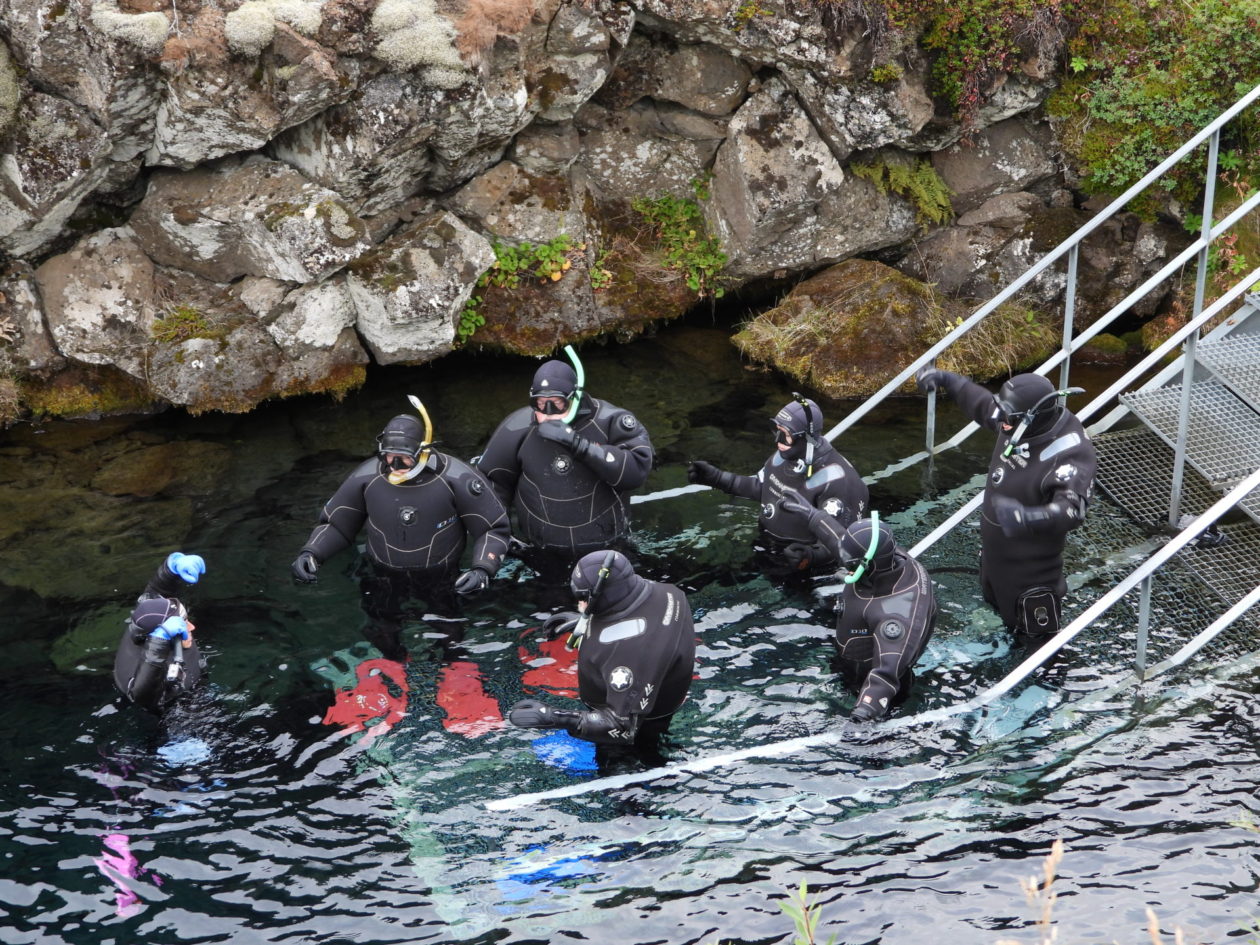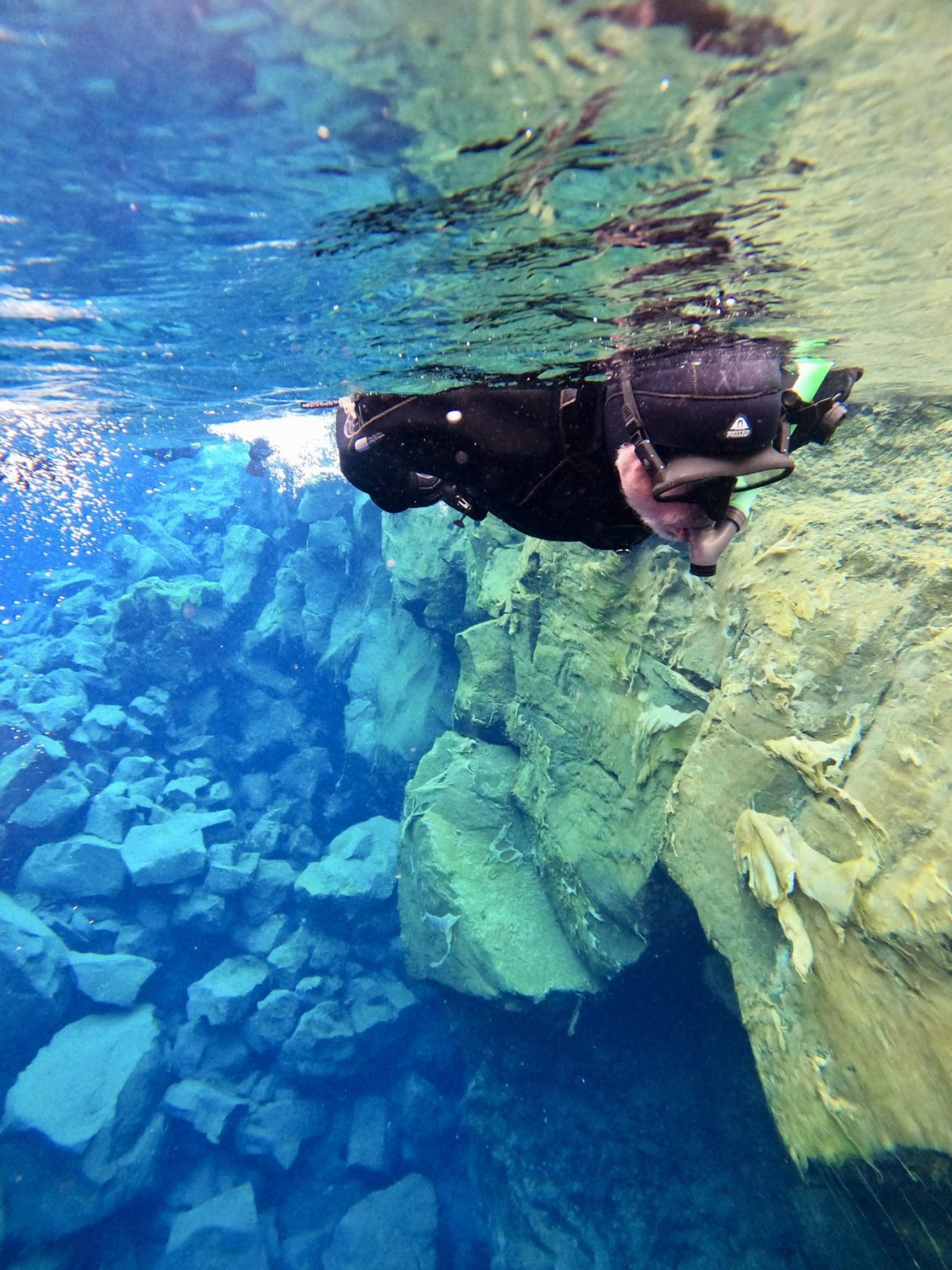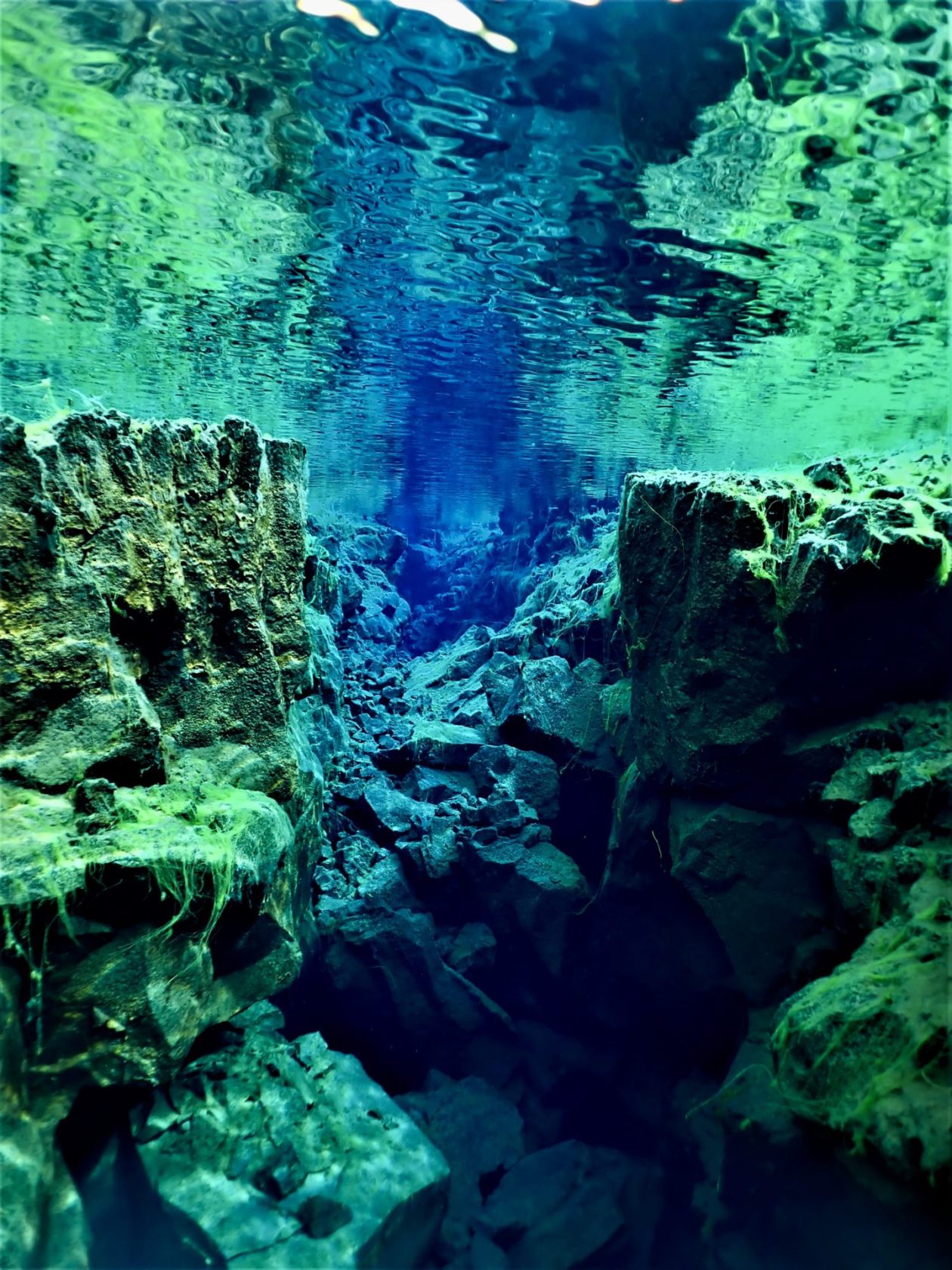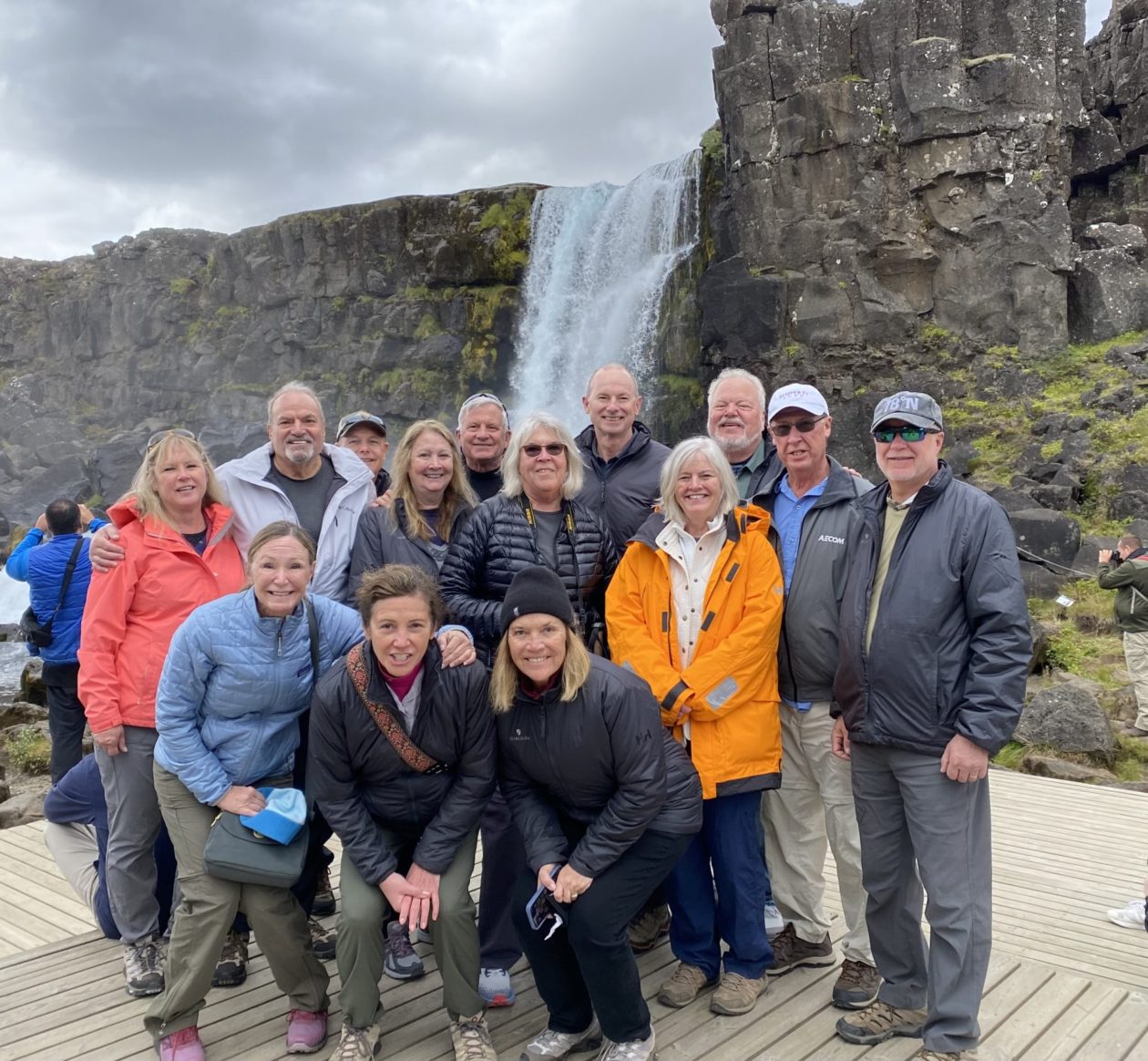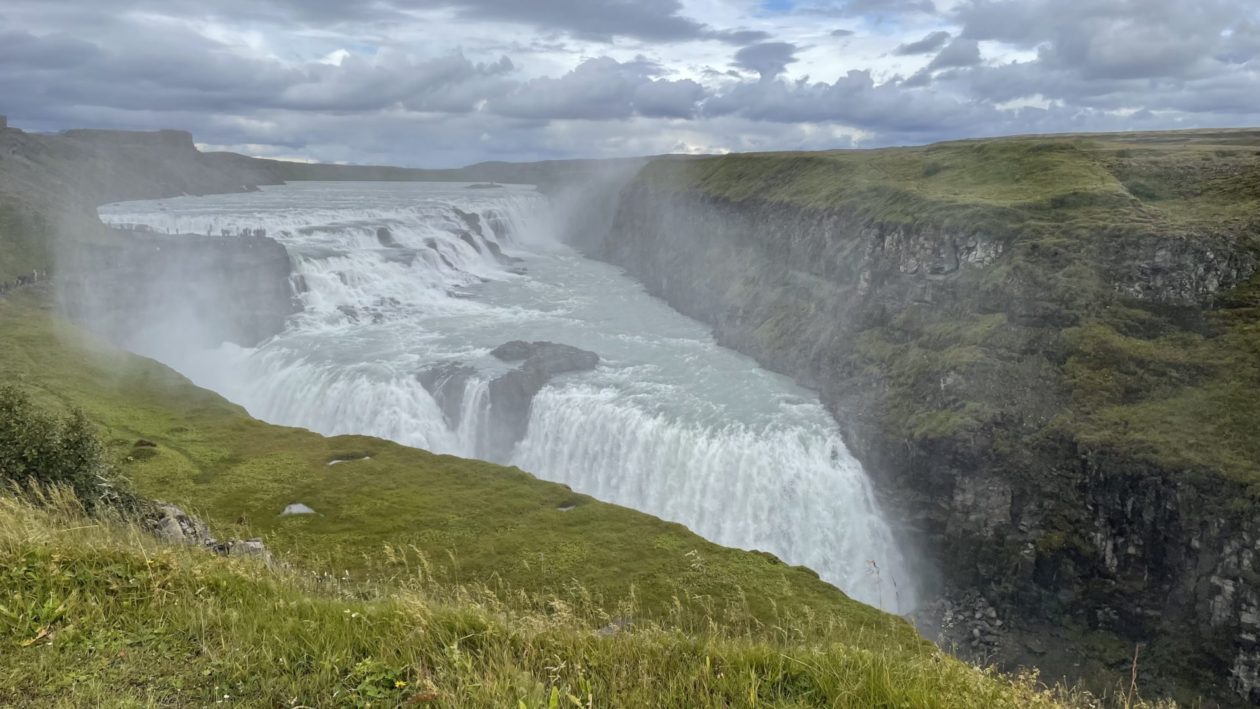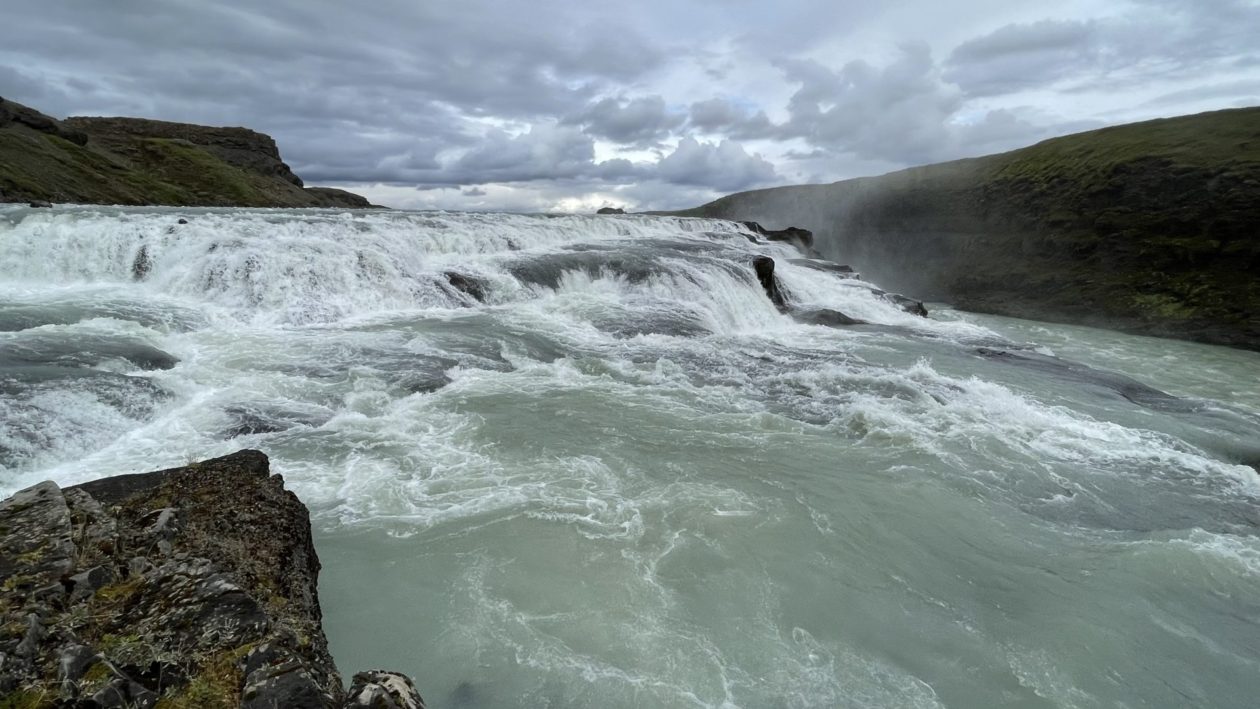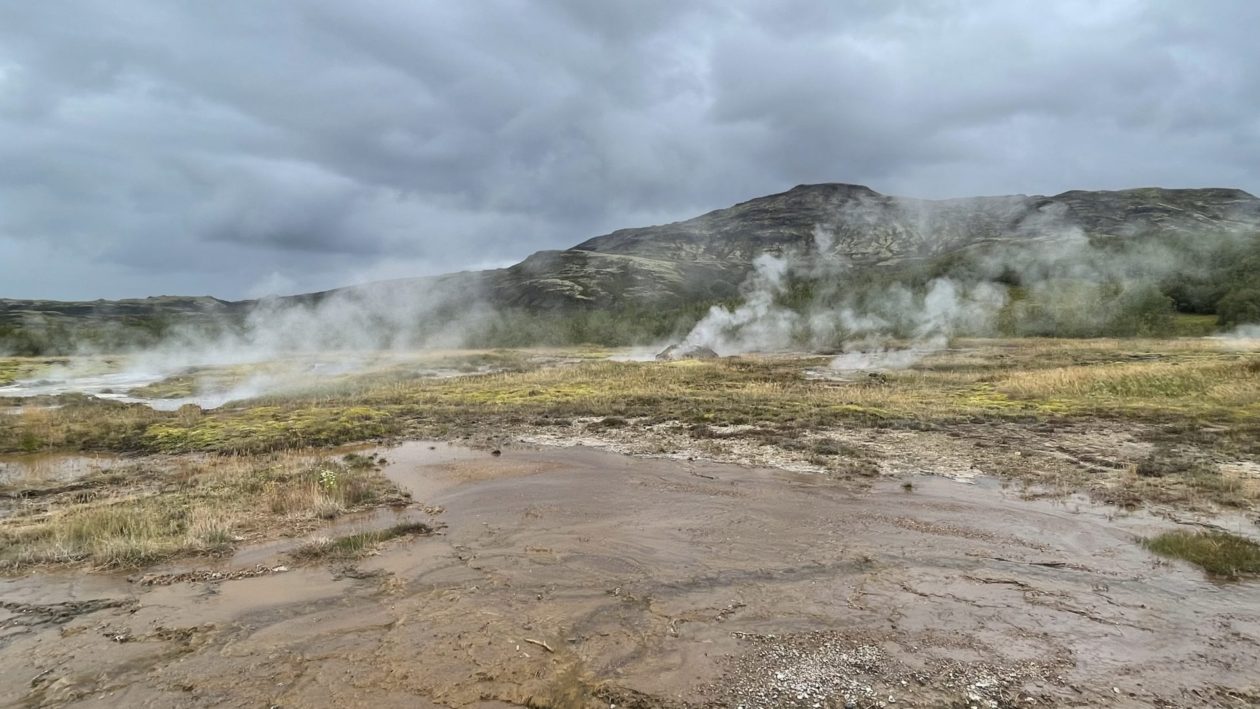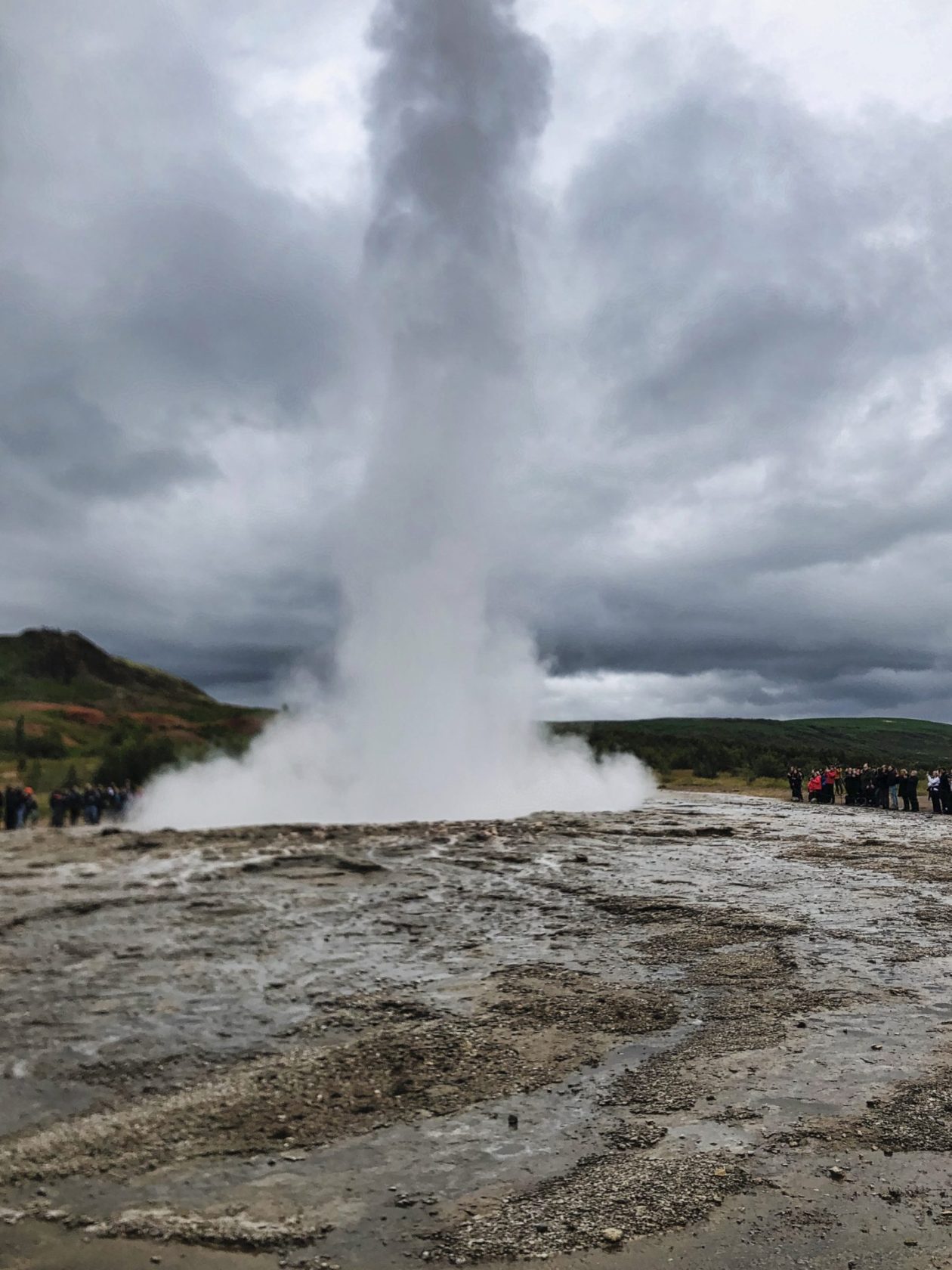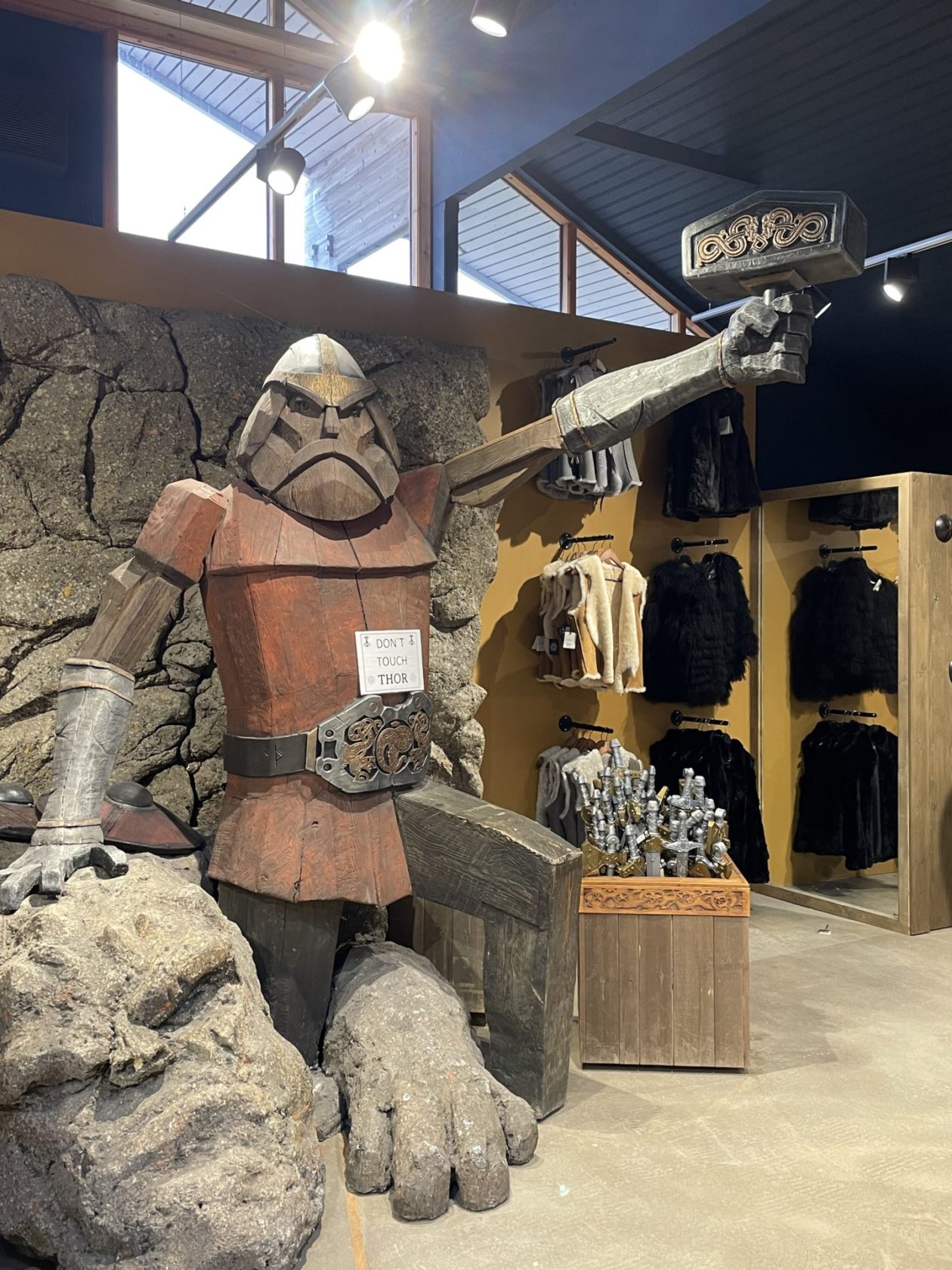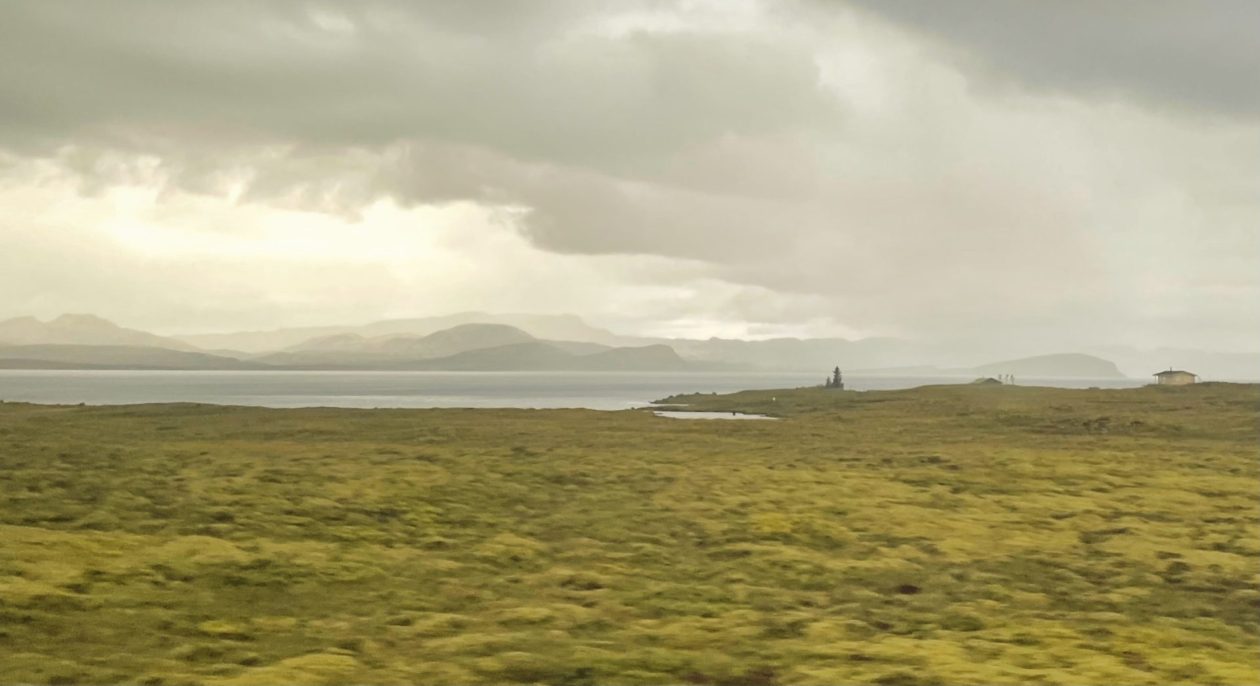- The Nordic Sojourn 2022 — start of trip
- Western Norway — Fjords, mountains, and a lot of rain!
- Longyearbyen, Svalbard, and start of the cruise
- Magdalenefjorden and Gravneset
- Texas Bar and…
- Arctic pack ice and polar bears — what a day!
- Ny London, Ny Alesund, and the massive glacier!
- Poolepynten and fin whales!
- Northeast Greenland National Park and Scoresby Sound
- Ittoqqortoormiit, Greenland
- Patreksfjordur, Iceland and the bird cliff
- Reykjavik and the start of our Icelandic sojourn
- The Golden Circle, Iceland
- Reykjanes Peninsula, Iceland
- Westman Islands, Iceland
- The South Coast and Waterfalls, Iceland
- Vatnajökull National Park — Svartifoss, Skaftafell and Glacier Lagoon Jokulsarlon, Iceland
- The East Fjords, Iceland
- Working our way north — canyons, wastelands, fumaroles, pseudo craters and lakes!
- The Diamond Circle
- Akureyri, a breakdown, and a detour
- VR Viking battle, Glaumbær, Icelandic horses, and back to Reykjavik
- Husafell
- Into the Volcano!
Today we headed off on our first day trip from Reykjavik — The Golden Circle. It refers to a circle of roads that leaves from the city and travels a loop of about 190 miles through the Icelandic countryside that provides access to some of the truly beautiful sites in the area. In fact, it is really amazing just how much natural beauty and historic significance in such a short distance from Reykjavik. We started the day at the Þingvellir (Thingvellir) National Park. This is one of the most historically significant places in the country because this is where the Icelandic parliament (Althing) was established in 930, bringing all the chieftains from around the country to create laws and resolve judicial issues at a place called Law Rock. The exact location of Law Rock is somewhat in question because there have been so many geologic changes in the valley over the past 1000 years. But we weren’t here just to learn about history; we were here to experience something pretty unique — the chance to snorkel between two tectonic plates (North American and Eurasian) in the Silfra Fissure. The water here was crystal clear and very cold (just above freezing) and we had to suit up in our thermal underwear, an insulated suit, and then a dry suit on top of that. After waiting quite a long time, we finally got to descend the steps and start floating down the fissure, frog kicking our way along. While everything else was reasonably warm, my face was exposed and very cold. The colors of the water and rocks beneath the surface were mind blowing. In some places, we could touch the rocks on both sides and in others you couldn’t even see the bottom. My experience ended a little prematurely, however. The combination of the dry suit and hood were pressing against my Adam’s Apple and, after about 20 minutes, I was struggling to breathe. Luckily, the guide was able to get me to safety quickly. But even with that unfortunate incident, it was totally worth doing! From there, we took a short walk to the Oxarafoss waterfall. While not a huge waterfall, it was very photogenic with all the moss growing on the rocks.
Our next stop was at Gullfoss, probably Iceland’s most famous waterfall. What makes it so striking is its double tier, plunging a total of 105 feet. By the way, a bit of Icelandic language here — Foss means waterfall. In this case, Gullfoss translates to “Golden Waterfall,” although I’m not sure why it got that name. The two-tiered structure of the waterfall was due to the uneven erosion of the different rock formations that made up the riverbed. Tourists have been coming to this waterfall since the late 19th century, after some local sisters built a footpath down to it. Luckily, a later plan to build a hydroelectric dam there fell through and today the falls are owned by the Icelandic government.
Our last stop was at Geysir and yes, you guessed it, the geyser here is what lent it’s name to geysers all over the world. The Geysir geyser (say that five times fast!) is the largest in the area (it can shoot up to 230 feet), but it is largely inactive these days. Thankfully, the nearby Strokkur geyser has been remarkably predictable, shooting off about every 10 minutes up to 130 feet. And yes, we did wait for it, and yes, it did blow. What we weren’t expecting was an out-of-phase burst that happened a few minutes later as we were walking away. Walking through the area, we saw a number of fumaroles spouting steam and gas and, of course, the smell of sulfur was wafting through the air.
With a quick 90 minute ride through a pretty aggressive rain storm, we were back in Reykjavik in time for another one of those excellent restaurants. Quite a genteel way to experience the wilderness!
This entry was posted in Iceland, Travel